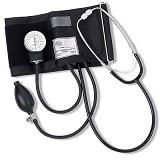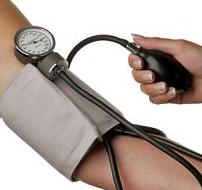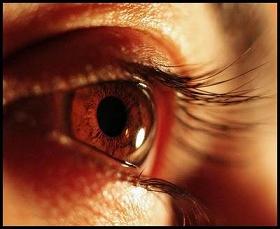How to Use a Blood Pressure Cuff
posted by: Rio Dianne
 If you are looking for a simple method that can give you details whether your heart and blood vessels are in good condition, then it can be done by taking your blood pressure. Blood pressure or BP is the measurement of pressure created against the walls of the arteries. Generally, the normal range is 120/80 and a result which is high compared to the given numbers may result to hypertension while low levels may indicate other symptoms of an underlying condition. To monitor your BP, you need to make use of a blood pressure cuff or otherwise known as sphygmomanometer and a stethoscope which allows you to auscultate heart beat and measure heart rate. BP app comes in manual or the aneroid type. There is also an automatic blood pressure cuff widely available now as the manual type actually contains mercury which may be harmful. Taking your blood pressure at home is quite easy provided that you know how to do it properly. How to use a blood pressure cuff, you ask? If you think that this can only be done by someone who’s trained medically, then you got it wrong as taking blood pressure readings may not be that difficult. Are you ready to learn now?
If you are looking for a simple method that can give you details whether your heart and blood vessels are in good condition, then it can be done by taking your blood pressure. Blood pressure or BP is the measurement of pressure created against the walls of the arteries. Generally, the normal range is 120/80 and a result which is high compared to the given numbers may result to hypertension while low levels may indicate other symptoms of an underlying condition. To monitor your BP, you need to make use of a blood pressure cuff or otherwise known as sphygmomanometer and a stethoscope which allows you to auscultate heart beat and measure heart rate. BP app comes in manual or the aneroid type. There is also an automatic blood pressure cuff widely available now as the manual type actually contains mercury which may be harmful. Taking your blood pressure at home is quite easy provided that you know how to do it properly. How to use a blood pressure cuff, you ask? If you think that this can only be done by someone who’s trained medically, then you got it wrong as taking blood pressure readings may not be that difficult. Are you ready to learn now?
How to Use a Blood Pressure Cuff
- Before you begin the procedure, get your BP apparatus ready. Ensure that the blood pressure cuff is actually the proper size for the patient. Also, make sure that the cuff is deflated before using.
- Ask the patient to remove any constricting clothes that may impede the blood pressure reading. Sweaters should also be removed as they interfere the bicep area. Have the patient sit comfortably and relaxed. Position the patient’s arms at the heart level.
- Wrap the cuff around the forearm. It should be wrapped atleast an inch above the bicep area from the brachial artery. After you’ve put the cuff, insert the stethoscope on the forearm just below the crease of the elbow joint.
- Once the stethoscope is placed, check the other parts of the sphygmomanometer like the valve. It should be closed for the air to build up in the cuff as you squeeze the ball.
- Place the earpieces of the stethoscope on your ears and keep the disc in place by putting your index and middle finger on it.
- Use the other hand to squeeze the ball or the rubber bulb. Squeeze it and stop once the dial reaches 150. Then try to loosen the valve and let the air out suddenly. Listen to the sounds that you hear while deflating the cuff. Pay attention to the first sound that you hear and focus your gaze on the pointer of the dial gauge. Once you heard it, take note of it as the systolic pressure.
- Continue deflating and take note of the number to where you heard the last sound. That serves as your diastolic pressure.
- Release the valve completely and allow the air out of the cuff. Record the patient’s BP by putting the systolic pressure over the diastolic pressure e.g. 120/80.
If you are not able to get the exact reading, don’t fret as you can attempt to repeat taking the BP after the patient has relaxed for atleast five minutes. Moreover, proper usage of the apparatus and how to read results can be gotten correctly through a couple of practice. So, don’t lose hope if you fail once. Okay? This is how to use a blood pressure cuff. Hope this has helped!
You might also like
|
|
|
|
|
One Response
I’ve bought mine at CVS. Been practicing how to take it for my mom. Thanks for the post. I’ve read somewhere that you also have to feel the radial pulse on the wrist while taking blood pressure. How is that?




